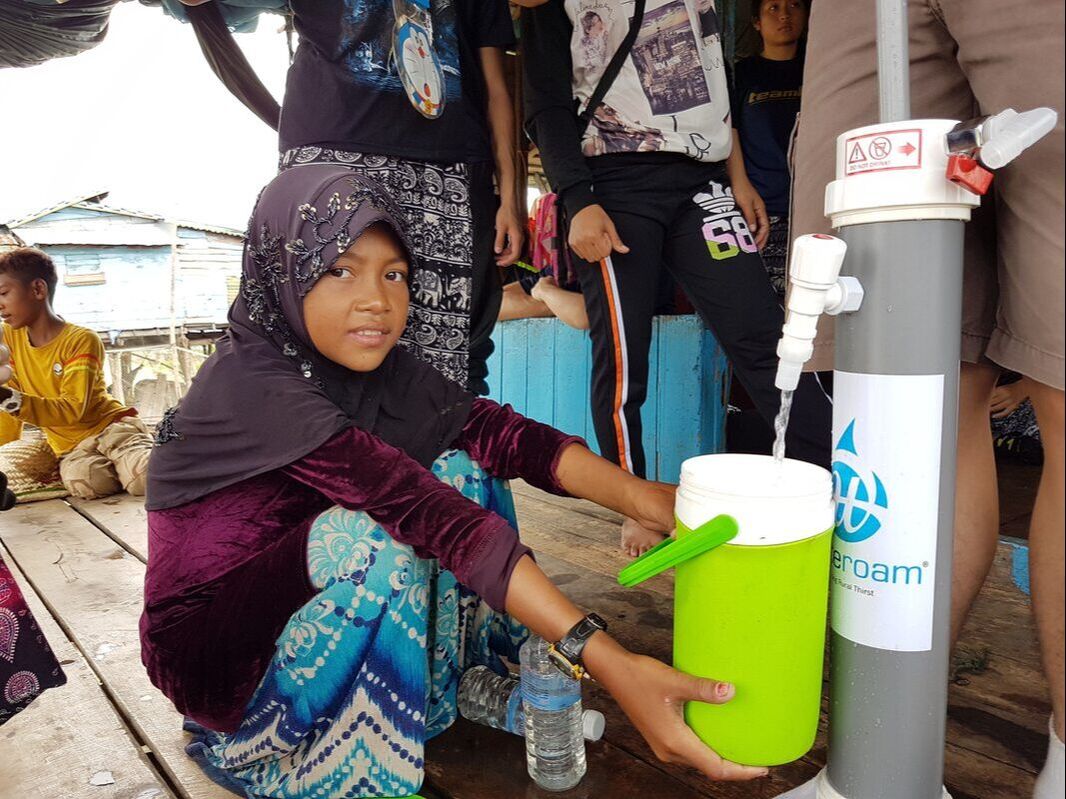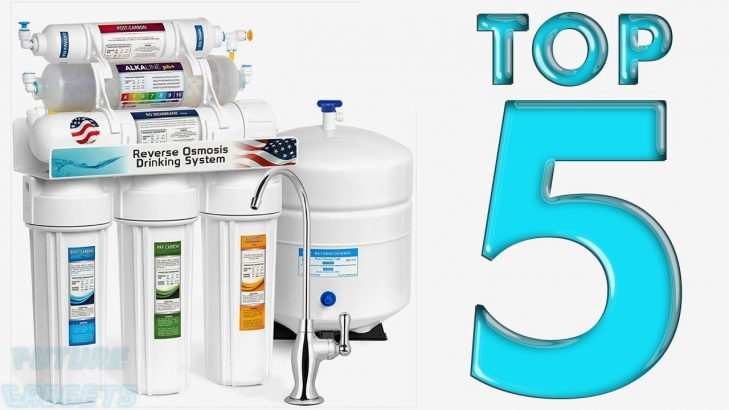The Effectiveness of Home Water Purification Systems on the Amount of Fluoride in Drinking Water

Abstract
Statement of the Problem
Water purification systems for domestic use have drawn significant attention over the past few years. This can be related to the improvement of public health and concern for water contamination.
Purpose
The aim of this study was to evaluate whether home water purification systems eliminate essential materials such as fluoride besides filtrating the heavy ions and other unwanted particles out of water.
Materials and Method
In this experimental study, the six most frequently used commercial brands of water purifiers were evaluated and compared. Specimens were collected right before and after setting up the device, and 6 months later. Then, spectrophotometry (the Harrison device) was performed to compare fluoride clearance by each home water cleaner device.
Results
Based on the data collected from all water purification devices in different locations, the amount of fluoride was significantly different before and right after using the home water purifier and six months later (p= 0.001 and p= 0.00, respectively).
Conclusion
The filtration of water significantly decreased its fluoride concentration. The fluoride content of purified water was approximately as much as zero in some cases. Keywords: Water Purification, Fluoride, SpectrophotometryGo to:
Introduction
Fluoride is a natural element branched from Fluorine. This element can be found in all sorts of water and soil. Out of every kilogram of the outer layer of earth, 0.3 gram is fluoride. Mineral waters have more amount of this element compared to other sources.(1)
About 60 years ago, Grand Rapids in Michigan State was the first city in which fluoride supplement was synthetically added to tap water. In US, adding fluoride to community water supplies of many cities has improved the oral health of millions of American citizens.(2)

Fluoridation of community water supplies is adding a specific amount of fluoride (0.7-1.2 ppm) to water in order to reduce the risk of dental caries. By 2002, almost 170 million Americans were provided with this privilege.(3)
Since most of the systemic fluoride is provided through tap water to population, many policies have been established to add fluoride to community water regarding its benefits for teeth and bones.(4)
In regions and countries that do not have water-fluoridation technology, there are natural supplements as previously mentioned. For example, Iran has many mineral water supplies that contain considerable amounts of fluoride. Amount of fluoride in natural mineral waters depends on weather conditions; the warmer the weather is, the higher the amount of fluoride can be detected. Mineral waters in southern regions that have warmer weather contain more fluoride. In Iran, the highest amount of fluoride has been found in southeast and northeast areas.
Water purification systems for domestic use have drawn much of attention over the past few years. This can be related to improvement of public health and concerns for water contamination. There are several types of home water purification systems that can be categorized into 3 different groups(5) as filtered systems, systems using UV irradiation, and ion-exchange systems.
The aim of this study was to find out whether domestic water purification systems could eliminate the essential materials such as fluoride besides filtrating the heavy ions and other unwanted particles out of water.Go to:
Materials and Method
In this study, 6 frequently used commercial brands of water purifiers in Ahwaz were compared. The commercial brands evaluated in the current study were CCK (Ceramic and Ceramic/Carbon Cartridges ; RTX-TS DLM filters, Korea), Soft Water (Ceramic Candles; Alpine TJ Series filters, W9332420, USA), Alkusar (Special media cartridges filters; PRB50-IN, USA), Puricom (Special media cartridges filters; Watts 4.5″ x 10″ Dual Housing, Korea), Water Safe (Granular Carbon Cartridges filters; LCV (Lead, Cysts, VOC’s) (Carbon Block Filter Cartridges, Australia), and Aquafresh (Sediment String-Wound; Poly Spun and Pleated Washable Cartridges filters, K5520, USA). The main drinking water supply for Ahwaz is provided by governmental companies. After making arrangement with certain companies that supported these brands, the devices were setup in 6 different regions of Ahwaz. Samples were collected before and right after setting up the device. To reduce the errors and elevate the accuracy of the module, 5 samples were taken from each device. Another sample was collected from each single device 6 months later. A total of 64 samples were collected including 32 unfiltered (control) and 32 filtered samples of tap water (experimental) from 6 regions in Ahwaz. Fluoride sampling kits (Spands; EW-99574-08Hach® Test Kits, USA) were used to test the amount of fluoride in sample waters. Samples were all collected in polyethylene sampling containers and were then coded. Spectrophotometry (AvaSpec-ULS2048L- USB2 UARS spectrometer, USA) was performed. In order to measure the characteristics of individual molecules, a mass spectrometer converted them to ions so that they could be moved about and manipulated by external electric and magnetic fields.
Atmospheric pressure was around 760 torr (mm of mercury). The pressure under which ions may be handled is roughly 10-5 to 10-8 torr (less than a billionth of an atmosphere). By varying the strength of the magnetic field, ions of different mass can be focused progressively on a detector fixed at the end of a curved tube and also under a high vacuum.
Latin alphabetic words were used to code each commercial device. Numbers were used for samples obtained before and after setting the device.(6)
The results were analyzed by using paired sample t-test, with alpha (ɑ) set at 0.05.
